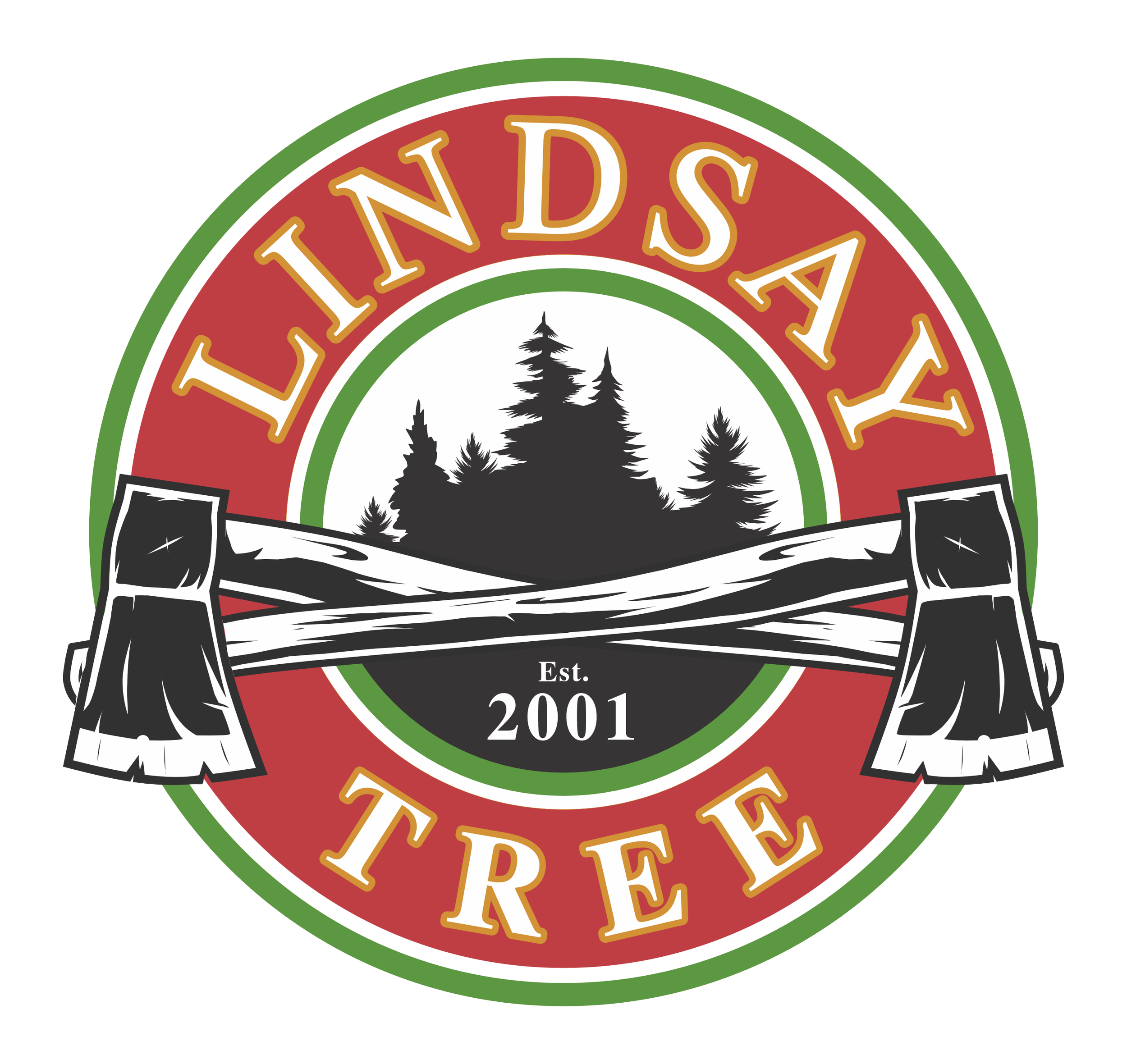Below are seven reasons you may decide to prune your tree/shrub.
Safety - reduce the risk of failure
Provide clearance - no more getting clocked in the head by those low limbs
Reduce shade - do you want grass?
Maintain health - removing dead, dying, diseased limbs and cross growth
Influence flower or fruit production - do you want fewer flowers, larger fruit, or more fruit?
Improve a view - what is over there?
Improve aesthetics - Before: What is that? After: Wow! Nice tree.
Just as there are many reasons to trim a tree, there are different ways to trim it. Below is a brief description of the various types of pruning we can do for you.
Pruning for structure: The removal of live limbs to influence direction, spacing, branch attachment, and growth rate. This type of pruning is best done on young to medium-aged trees. If you train them while they are young, you will save yourself money, as it is much easier to trim a small tree than a large tree (and better for the tree too).
Pruning to clean: The removal of dead, dying, diseased, and broken limbs. Also removed are limbs that are growing across other limbs. This type of pruning is the one we do most often. There are many benefits to this type of pruning. No longer is it necessary to park somewhere other than under the tree for fear of a new hood ornament. Pruning dead and diseased limbs prevents the spread of decay, pests, and diseases. "Removal of dying and dead branches removes the food source for pathogens that could spread into the tree" (Shigo, 60). While cleaning the canopy, we remove a few live limbs, aware that every time a living branch is cut, it stresses the tree. Trees do not need to be trimmed because they are trees, but because we live near them.
Pruning to thin: Selectively removing small live branches near the outer edge of the canopy. Done properly, the shape of the tree will not change. It is important to realize that when you remove a living limb from the canopy, the tree wants to replace it. This is evidenced when trees are topped and numerous sprouts emerge. The goal is to thin for the desired effect but not over-thin, causing more problems.
Pruning to raise: We do this type of pruning for our customers who mow their own lawn.
Pruning to reduce: When a tree has grown beyond the desired height, reduction may be an option. Reduction is the selective removal of limbs to decrease a tree's height and/or spread. The pruning cuts are made at a lateral that can then take over the terminal growth of that limb. This is not topping. Topping is the cutting of limbs at a random spot to decrease height. It causes many problems and is very unhealthy for a tree. We do not top trees and would be happy to provide more information on the harmful effects of topping. Sometimes, a better option for reduction is removal. It may be the wrong tree in the wrong place, and you would be better off starting over with a species that will not overgrow its surroundings.
Pruning to restore: We restore trees that have been previously topped, damaged in a storm, or are in general disrepair. Pruning stubs, sprouts, and other limbs will improve the tree's structure and appearance.
Pollarding: A pruning technique for a formal appearance. Pollarding involves making heading cuts at specific locations once the tree is still young. During the dormant season, the sprouts are removed back to the original cut on an annual or semi-annual basis. Over time, a ball or fist of growth will appear, and the tree will have a very interesting look about it. Certain trees can handle pollarding while others cannot. Some can be: Ailanthus, Black Locust, Catalpa, Chestnut, Linden, Sycamore, and Willow. Of course, this list is not exhaustive, and a brief trip to the library would give you more insight.
References used for this page were:
Gilman, Edward F. and Sharon J. Lilly. Best Management Practices Tree Pruning.
Champaign, IL: International Society of Arboriculture, 2002.
Shigo, Alex. Tree Pruning A Worldwide Photo Guide. Durham, NH: Shigo and Trees,
Associates, 1989.
Reich, Lee. The Pruning Book. Newtown, CT: Taunton Press, 1997.
Contact us for a FREE estimate! • P: 215-234-8698 • E: contact@lindsaytree.com
